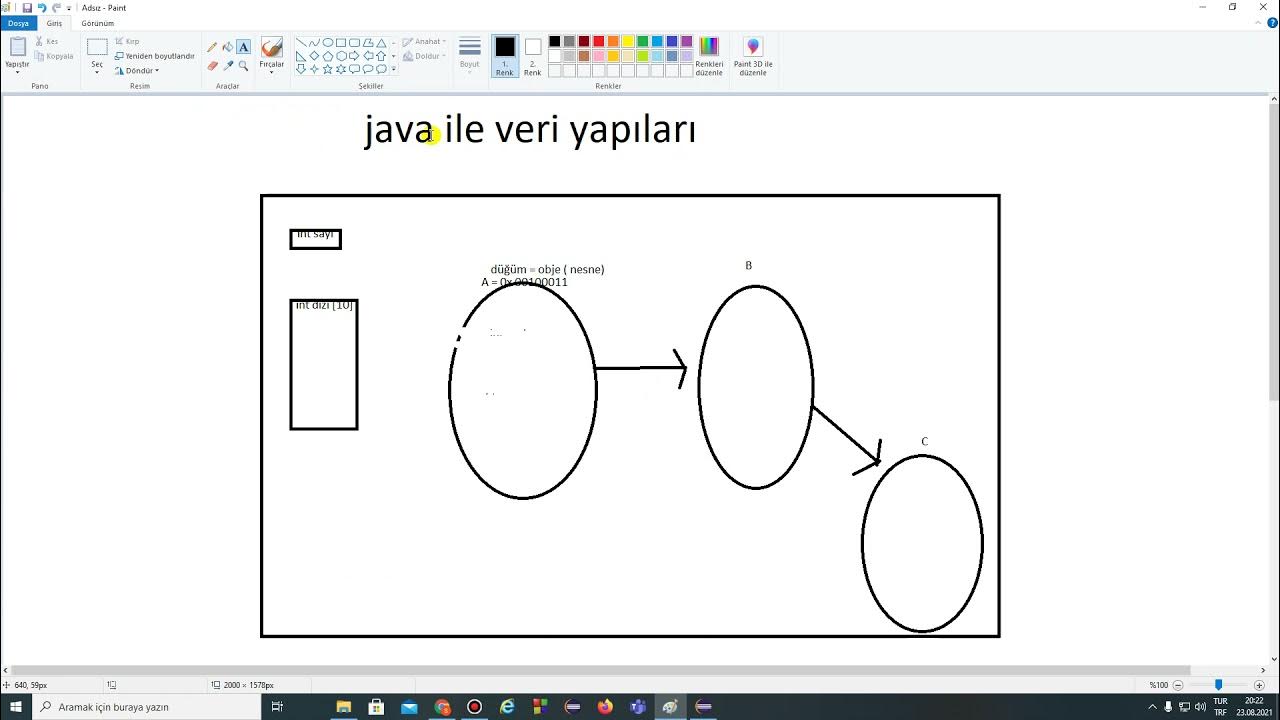92. OCR A Level (H446) SLR14 - 1.4 Data structures part 1 - Linked lists (operations)
Summary
TLDRThis video is part of a five-part series exploring how to traverse, add, and remove elements from data structures, focusing on linked lists. It covers key operations such as adding an item, removing an item, and traversing through a linked list, all while emphasizing important steps like checking for free memory, handling empty lists, and updating pointers. The video introduces both array-based and object-oriented approaches, with practical examples and common pitfalls students should avoid. The series aims to help learners understand linked list operations with real coding experience for a better grasp of data structures.
Takeaways
- 😀 Linked lists are a fundamental data structure that allows for efficient addition and removal of elements.
- 😀 Always check if there is free memory available before adding an item to a linked list to avoid errors.
- 😀 When adding a new node, if the list is empty, the new node becomes the first item, and the start pointer needs to be updated.
- 😀 The correct position for a new node in a linked list is determined by comparing it with the existing elements in the list.
- 😀 When adding an item, pointers must be updated to ensure the correct order and link between nodes.
- 😀 It's important to update the free pointer when adding or removing items to keep track of available space.
- 😀 To remove an item, check if the list is empty first. If not, traverse the list to find the node to delete.
- 😀 When deleting the first item in a linked list, update the start pointer to the next node.
- 😀 Deletion does not actually remove data from memory; instead, the node is marked as free and can be reused later.
- 😀 Traversing a linked list requires checking if the list is empty and then following the pointers to visit each node in order.
- 😀 A book, 'Essential Algorithms for A Level Computer Science', is available to help students learn algorithms and data structures, including linked lists.
Q & A
What is the focus of this video series?
-The video series focuses on how to traverse, add, and remove items from data structures, specifically linked lists in this first video.
What is the recommended approach for learning linked lists and their operations?
-The recommended approach is to gain a general understanding of the methods for creating, traversing, adding, and removing items from linked lists, backed by practical experience, rather than trying to memorize code patterns.
What step is important before adding an item to a linked list?
-It is important to check if there is free memory available for a new node before adding an item to a linked list.
How do you insert a new node into an existing linked list?
-You first check if the linked list is empty. If it is, the new node becomes the first item. Otherwise, you traverse the list to find the correct position and then update the pointers to insert the new node.
What should be done if the linked list is full when trying to add a new item?
-If the linked list is full, you should stop and report an error, as no new items can be added.
How do you remove an item from a linked list?
-To remove an item, you first check if the linked list is empty. Then, you traverse the list to find the item, update the previous node’s pointer to skip the node to be deleted, and update the free pointer to mark the node as available.
What happens to the data when an item is removed from a linked list using an array implementation?
-The data in the removed node is not actually deleted. Instead, the pointer is updated so the item is no longer part of the list, and the node is marked as free for future use.
How do you traverse a linked list?
-To traverse a linked list, you start at the node pointed to by the start pointer and follow the links from node to node, outputting the contents as you go until you reach the end of the list.
What is the importance of checking if a linked list is empty before performing operations on it?
-It is important to check if the linked list is empty before performing operations like adding, removing, or traversing, as performing these operations on an empty list could lead to errors or unexpected behavior.
What resources does the video recommend for further learning about data structures?
-The video recommends the book 'Essential Algorithms for A Level Computer Science,' which covers various data structures, algorithms, and practical coding examples in Python and VB.
Outlines

This section is available to paid users only. Please upgrade to access this part.
Upgrade NowMindmap

This section is available to paid users only. Please upgrade to access this part.
Upgrade NowKeywords

This section is available to paid users only. Please upgrade to access this part.
Upgrade NowHighlights

This section is available to paid users only. Please upgrade to access this part.
Upgrade NowTranscripts

This section is available to paid users only. Please upgrade to access this part.
Upgrade NowBrowse More Related Video

94. OCR A Level (H046-H446) SLR14 - 1.4 Data structures part 3 - Stacks & queues (operations)

Introduction to Linked List

93. OCR A Level (H446) SLR14 - 1.4 Data structures part 2 - Graphs (operations)

2.2 Types of Linked List in Data Structures | DSA Full Course

Curso de Programação C | Como inserir no início de uma Lista Simplesmente Encadeada? | aula 243

2- düğüm oluşturma , değer atama, düğümleri birbirine bağlama
5.0 / 5 (0 votes)